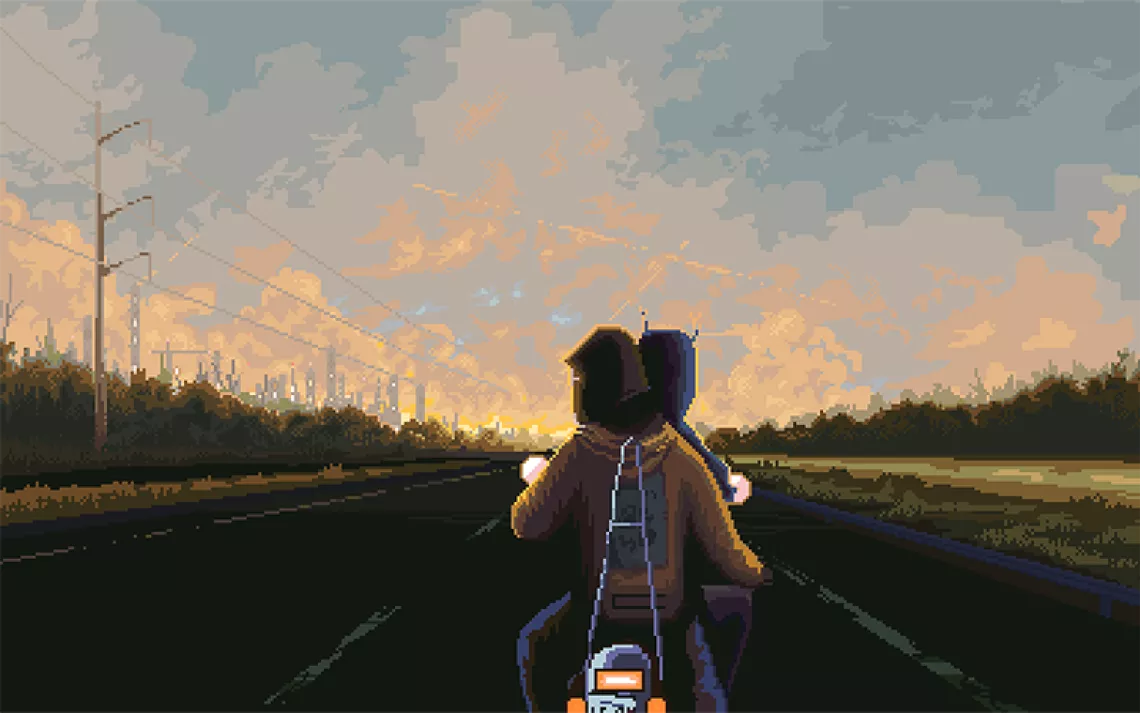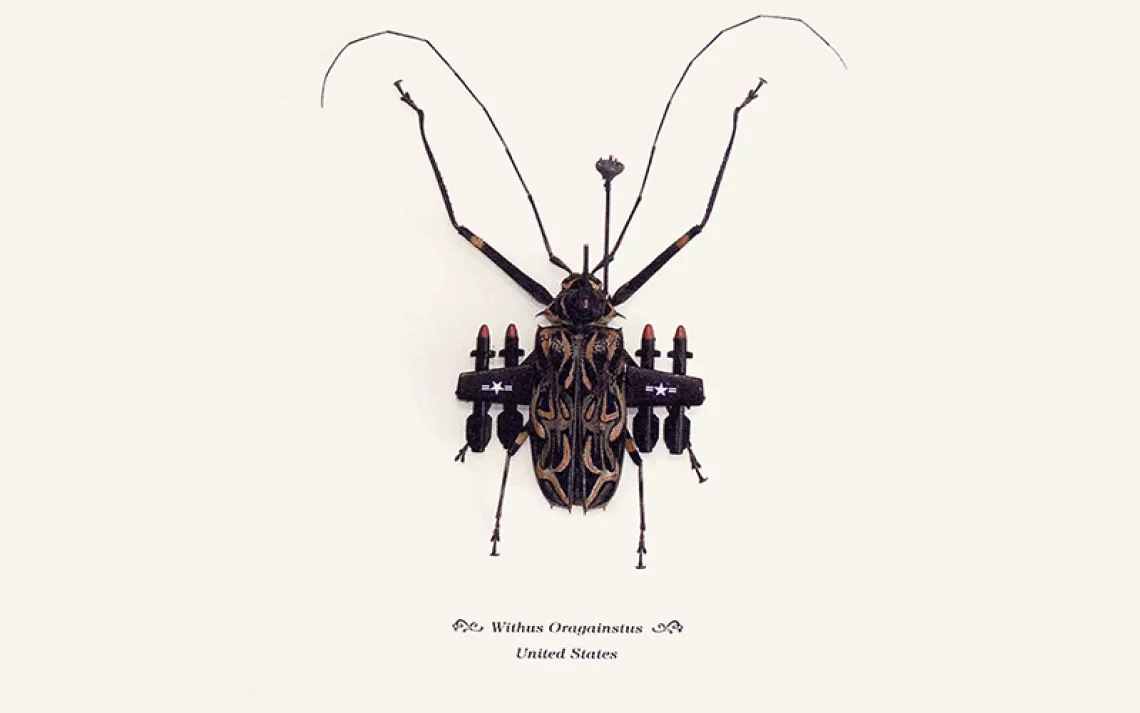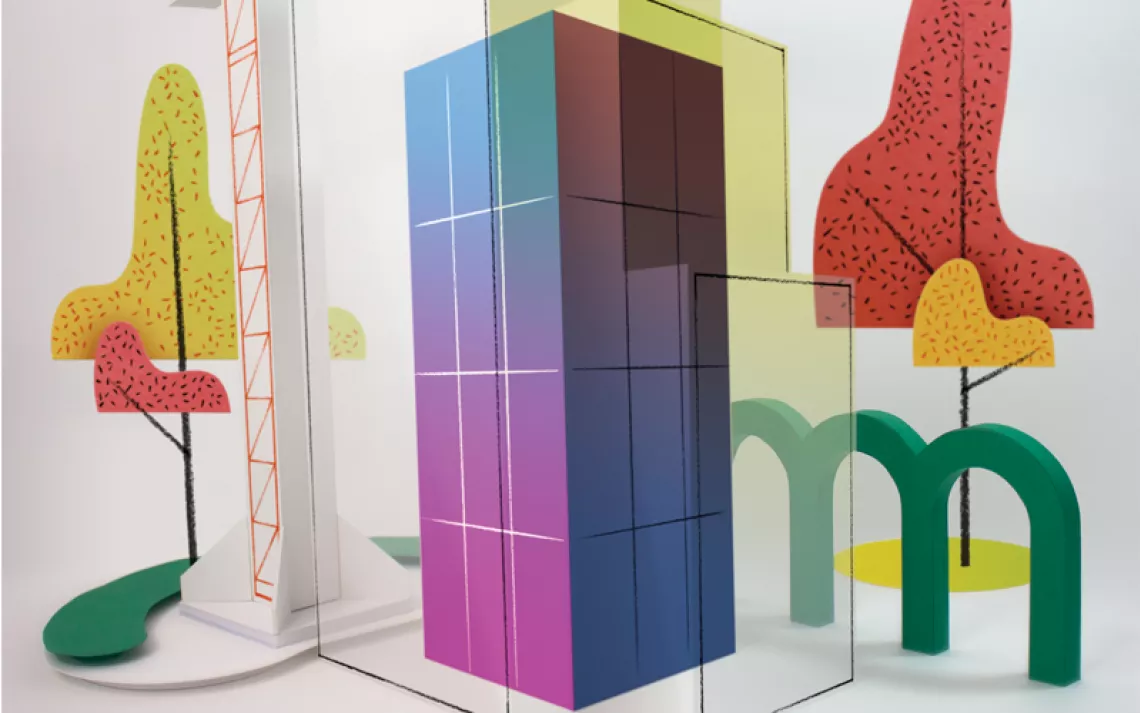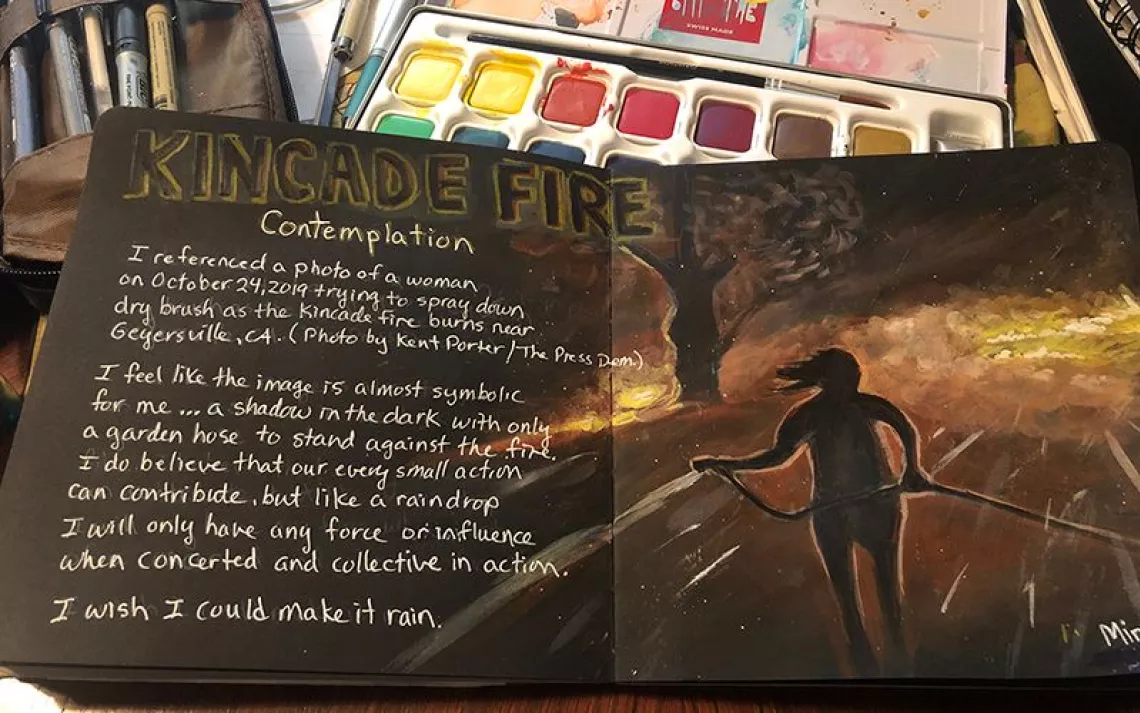7 Examples of Green Graffiti

We asked Eddie Colla, Sierra's January/February 2012 cover artist, to recommend some of his favorite examples of green graffiti. Here are seven street artists you should know.
Jetsonorama: The image above was part of a 350.org campaign to raise awareness about the carbon emissions that cause climate disruption. And yes, that's a lump of coal floating above a baby's head: a sign of bad things to come.
Jetsonorama's work is largely focused on the Navajo. For this project, he took an informal survey of 16 coworkers to gauge his community's feelings about coal, which is mined on the reservation, and climate change, which only one of the 16 colleages associated with CO2 emissions. On his blog, Jetsonorama explained that "if the Navajo people and coal were to declare their relationship status on Facebook, they'd have to chose the 'it's complicated' option."
Anna Garforth: British artist Anna Garforth combines typography with horticulture to make stunning moss graffiti. Garforth is part of a growing movement (pun intended) to use plants and other natural materials in urban art.
Eve Mosher: A 2006 issue of Sierra magazine inspired Eve Mosher to combine art with activism. Though she'd been "an environmental advocate for quite some time," our articles about governmental climate cover-ups, melting glaciers, and the Galapagos' fragile beauty inspired the Brooklyn artist to create installations that raise awareness about social, political, and environmental issues. Her interactive "Insert Here" project (below), made in collaboration with 350.org, asked people to imagine a greener future for their communities.

Moose: For more than 10 years, British artist Paul "Moose" Curtis has been perfecting the art of reverse graffiti (a.k.a. "clean graffiti"), a process that involves scrubbing dirty walls to reveal a pattern, often created with the use of stencils. Curtis explains: "I tell people I make pictures by cleaning." Because the urban landscape ineveitably collects new layers of grime, Moose's designs are inherently temporary. In addition to his personal work, he's created designs for Greenpeace, Water Aid, Greenworks, and the Discovery Channel, among others. To watch a video of Moose at work, scroll down.
Shepard Fairey: His work may have earned him national recognition in 2008 with that uncommissioned "HOPE" portrait of Barack Obama, but Shepard Fairey has a long history of using guerrilla-style art as a vehicle for political and social commentary. He has created eco-themed posters for Urban Roots, WWF's Earth Hour, and the Save My Oceans Tour. The prolific street artist has been arrested many times for illegally posting his images.
Banksy: The mysterious, prolific, and controversial street artist known as Banksy has a global following, and his art is in high demand. Though he's based in England (that much we know), his North American tour left several cities stencilled with some of his poignant enviro-graffiti.
John Fekner: Since the '70s, John Fekner has commented on the urban landscape by stencilling words like "DECAY," "TOXIC," and "THE REMAINS OF INDUSTRY" on things like abandonded buildings and rusty cars in hopes that his labels would attract attention and get people to take action. His street art, he said, "succeeded when the existing condition was removed or remedied."
Check out a video of Moose's reverse graffiti below:
 The Magazine of The Sierra Club
The Magazine of The Sierra Club



